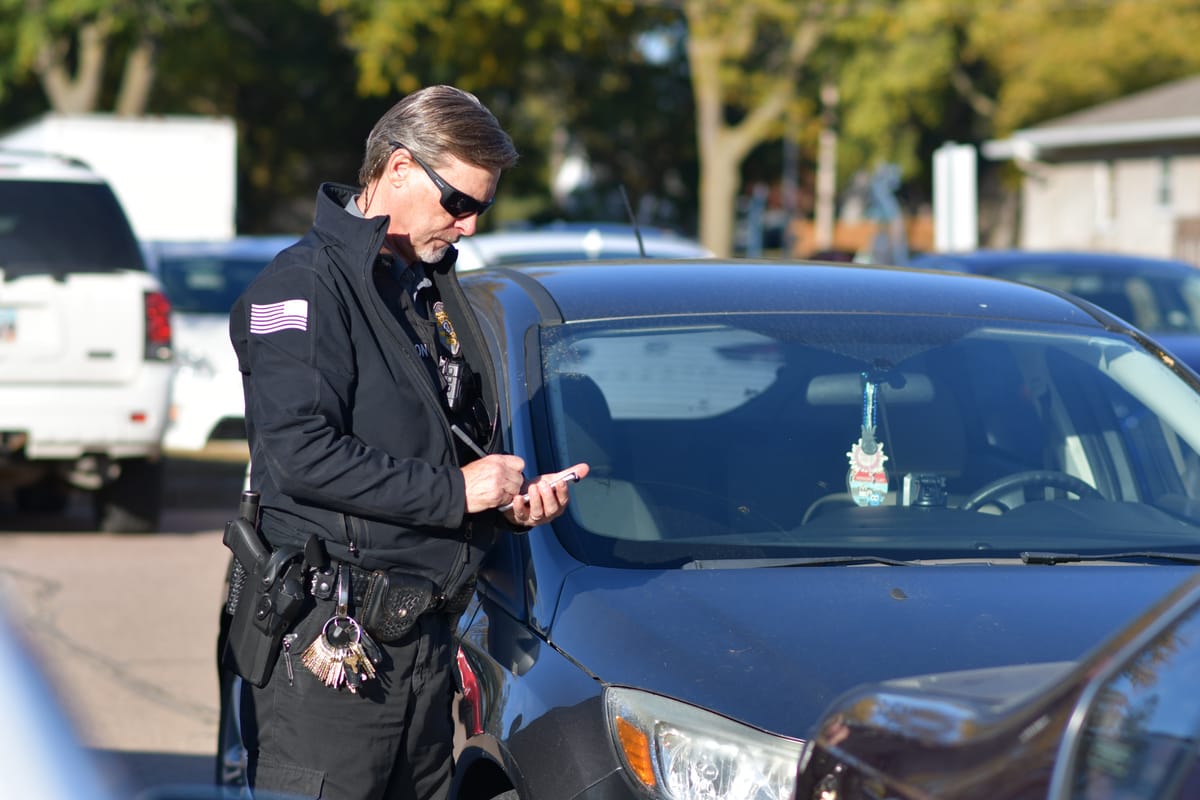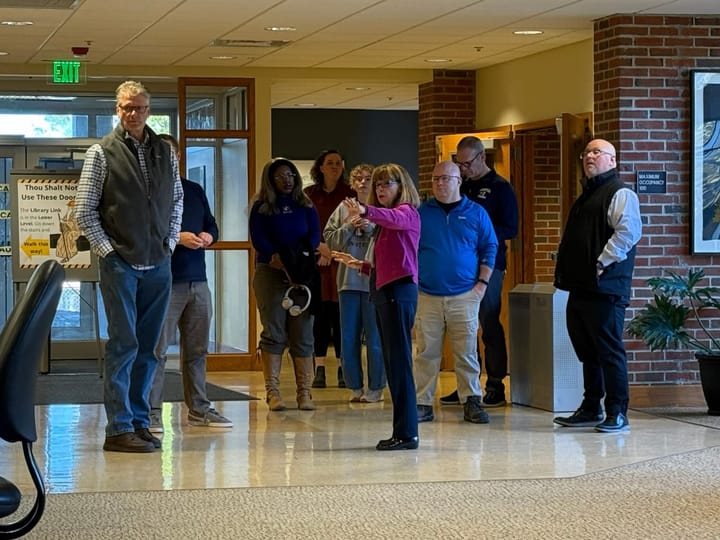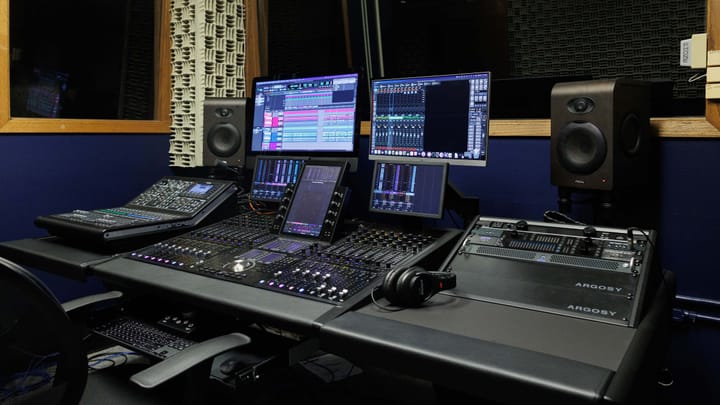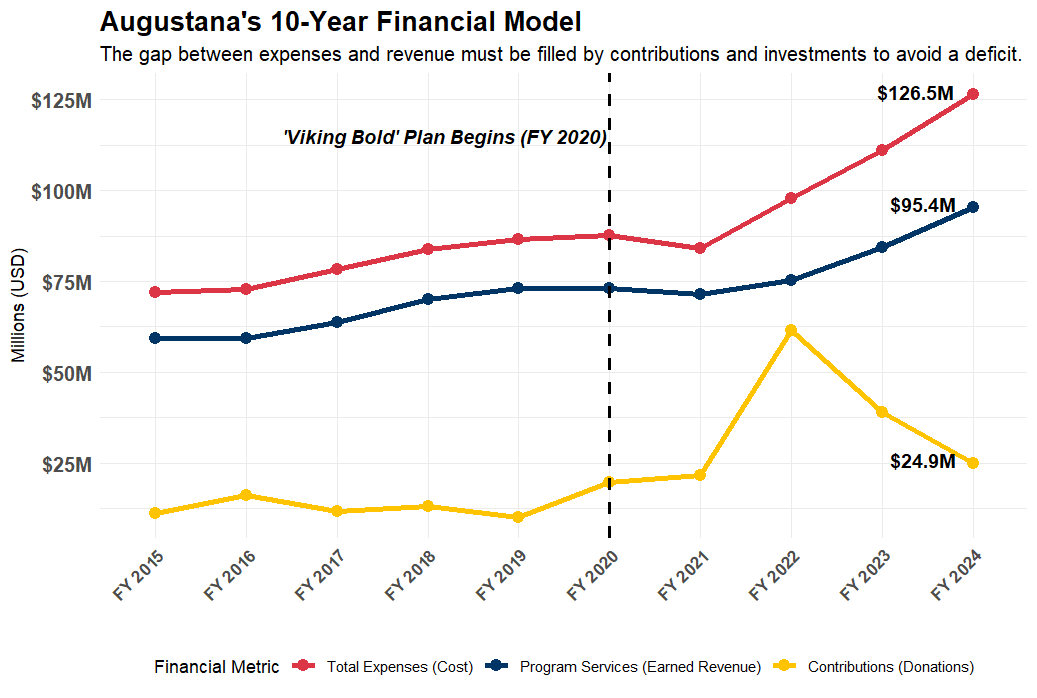Nowhere to park

Growing enrollment deepens parking crunch
Another year of record-breaking enrollment numbers, while an overall positive for the university, has intensified an age-old issue on campus: parking.
Though Campus Safety Training Coordinator Chad Campbell doesn’t relish it, he knows that issuing parking citations is part of the job. In fact, he gave out over 300 citations during the first week of the fall semester.
“We don’t want to write the citations to our students because they have enough to worry about,” Campbell said. “However, based upon the capacity of students that we have this year, based upon our limited parking, it’s very important that we have parking available for those who have purchased their permits and paid for them.”
Campbell noted that many complaints stem from faculty about students parking in administrative lots; faculty and administrators receive permits for free. He said that another substantial chunk comes from completely unpermitted vehicles.
Augustana has continued to buck national downward trends in collegiate enrollment with a freshman class of 615 and a student body of 2,548, marking increases of 15.4% in incoming class size and 6.6% in total enrollment since last year.
Though this growth is a positive indicator, it also challenges infrastructure. This includes housing a large student body, finding space and instructors for more course sections and an increased demand for parking.
According to President Stephanie Herseth Sandlin, funds for parking maintenance and expansion typically come from the university’s general operating budget since outside donations are much more likely to come in for projects that are more visible.
“Donors don’t want to put their names on parking lots, generally,” Herseth Sandlin said.
She went on to note that the university’s annual budget plan accounts for the necessity of campus maintenance and improvement and that Augustana remains “aware of the parts of campus that need some TLC.”
Herseth Sandlin said that her hope is that as budget development begins this spring, parking additions may become possible as early as summer of 2026.
Rick Tupper, associate vice president of campus safety, lives and breathes this issue.
For three years now, he has proposed to the university a revamp of the lot north of the Fryxell Humanities Center, which currently contains 141 parking spaces used by Wagoner Hall residents, commuters, faculty and event attendees.
Tupper’s proposal would increase the number of spaces in that lot to around 200 and resurface the existing lot due to its poor condition. So far, the university has not identified any funds for parking-related projects.
“My argument to the university would be, we built the 3,000-seat Midco ice arena, we built a brand-new residence hall, and now we’re building a new apartment building,” Tupper said. “And at this point we’ve added zero parking spaces.”
On top of the recent additions of Wagoner Hall and the Midco Arena, the projected fall 2026 opening of Foundation Heights — a 104-bed apartment building on the corner of 28th Street and Grange Avenue — will ensure further pressure on an already-cramped situation.
However, Tupper said that cost always puts a damper on any concrete movement, estimating that the addition of a single space in a flat lot costs between $5,000 and $8,000 in the Sioux Falls market. Parking ramps, he said, can cost around five times that, which makes them basically out of the question.
“We try to let students know, with your parking permits — that doesn’t pay for the parking lot,” Tupper said. “If I needed you to pay for the parking lot, the permit cost would be so much that you’d never be able to buy one.”
The money from student parking permits and tickets is reallocated to the general university fund, according to Tupper and Herseth Sandlin — not dedicated specifically to improving the parking situation.
Currently, the university does not have any definite plans in place to do upkeep in established lots or to add spaces.
Meanwhile, students and faculty are adapting to the crowded lots.
“If you can time it out pretty good to where, like, if they get out at 12:50 — if I get there at 12:53, they’re usually gone,” senior Kylie Lottman, who lives off-campus and parks on the street, said. “Then I can just sneak into their parking spots quickly.”
Natalie Campbell, instructor of voice, echoed the importance of timing her arrival between minute 50 and the hour in order to increase her chances of being able to park easily. She said that since she gets her permit for free, she understands student frustration when they have to pay for a permit and then cannot find a spot.
She also has another concern about the situation, though.
“It’s just not really that great for the environment,” Natalie Campbell said. “I don’t want another, like, slab of cement down there, you know?”
When potential expansion locations are few and long-term enrollment is trending upward, some, like Professor of Communication Studies Heather Bart, find themselves wondering if the answer is allowing fewer cars on campus.
Bart immediately noted, though, that this limitation would be a huge downside for prospective students when the surrounding community does not have reliable public transport.
“One of the things other schools have done is prohibit things like freshmen and sophomores from having cars,” Bart said. “Which would not work well with our recruiting strategy where we’re catering more to students in order to get them here. And so if we’re going to try to create better living, then they want to park where they live.”
Tupper confirmed that this option has never been seriously considered, calling personal vehicles “a necessity.”
“Well, if you take a piece away from, you know, a society that thrives on their vehicle, it’s now a negative,” Tupper said. “So you can come to Augie, but you can’t bring your vehicle. So it’s like, well, how do I get here from Minneapolis? How do I get to work?”
With winter right around the corner, there is still no clear plan to ease the parking crunch on campus.
Lottman, who also relied on street parking last year, said that the previous winter parking situation was manageable and hopes that this year won’t prove to be any worse.
“Let’s hope not,” she said. “But I might just have to bring a shovel with me.”



